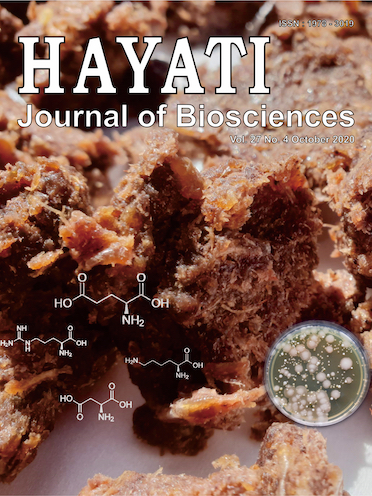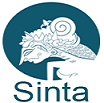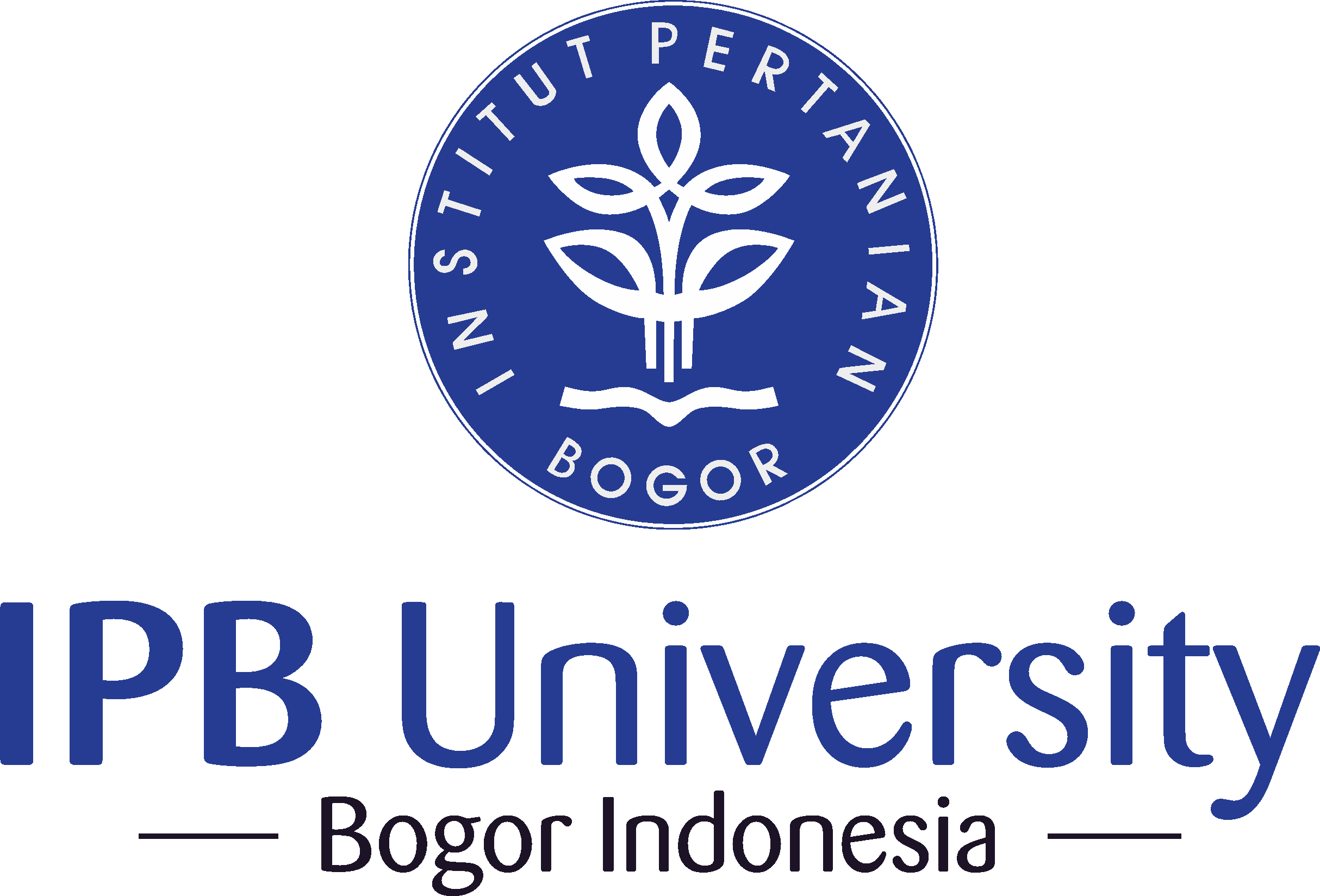Protective Signatures of Roselle (Hibiscus sabdariffa L.) Calyx Fractions against Staphylococcus aureus in Drosophila Infection Model
Abstract
The rise of antibiotic-resistant Staphylococcus aureus-related clinical cases is an alarming chronicle for global communities. This research was conducted to examine the antistaphylococcal effect of roselle (Hibiscus sabdariffa L.) calyx fractions in the Drosophila model. In the infection experiment, wild-type and immunodeficient Drosophila were pricked with S. aureus and subsequently subjected to fly survivorship and colony-forming assays, in the presence or absence of roselle calyx fractions. The Involvement of immune stimulation in the host antibacterial protection was assessed in vitro using cell-based luciferase reporter assay and in vivo using RT-qPCR analysis on adult flies. A declining rate of fly survivorship and augmentation of bacterial growth were observable in S. aureus-infected wild-type flies but subject to improvement in the presence of roselle calyx fractions. Cell-based analysis revealed the absence of host immune stimulation via Drosophila Toll pathway and roselle calyx fractions-treated immune-deficient flies lacking for components in the Toll pathway were protected from infection-induced early death phenotype and harbored reduced number of S. aureus colonies. Overall, our data confirmed the in vivo anti-staphylococcal activity of roselle calyx fractions in Drosophila infection model and such protective signature was devoid of host immune stimulation.
Downloads
HAYATI J Biosci is an open access journal and the article's license is CC-BY-NC. This license lets others distribute, remix, tweak, and build upon author's work, as long as they credit the original creation. Authors retain copyright and grant the journal/publisher non exclusive publishing rights with the work simultaneously licensed under a https://creativecommons.org/

























.png) IPB University
IPB University Department of Biology
Department of Biology The Indonesian Biological Society
The Indonesian Biological Society 

